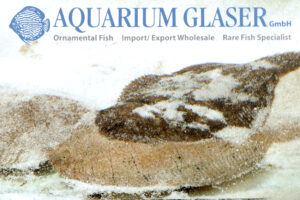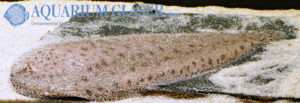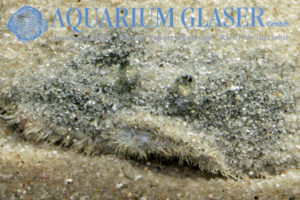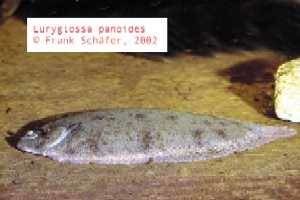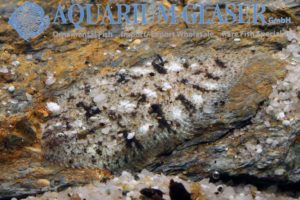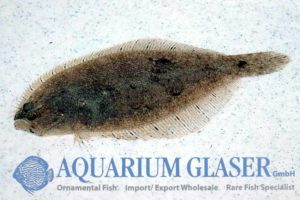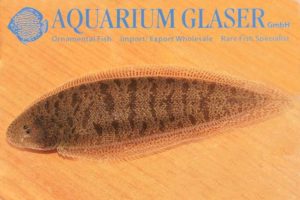Flounders do not belong to the classic aquarium fish; most species live in the sea and become quite large. In the New World, there is the family Achiridae with 35 species in 9 genera, all of which are either euryhalin, i.e. can change freely between fresh and sea water, or live in pure fresh water. […]
26. Flatfishes (7)
-
-
Apionichthys nattereri
When we think of flatfishes like flounders, plaice, butts and tongues, we actually think of the sea and edible fishes. However, it is little known that several species are also purely freshwater dwellers. Among the Achiridae (American sole) in South America, for example, 26 species are known from freshwater, but many of them are euryhaline, […]
-
Catathyridium jenynsii
Flatfishes, like flounders, soles, turbots etc. are usually living in marine environments. But there do exist also pure freshwater species. Among them is Catathyridium jenynsii from southern South America. We obtained a specimen from Paraguay, but the fish has a pretty wide distribution in the large river basins of the Paraná and Uruguay. The species […]
-
Euryglossa panoides
Flounders and tongues belong to a group of fishes that are rarely seen in the aquarium hobby. Whereas flounders have a well developed, clearly visible caudal fin, in the tongues the dorsal, ventral and caudal fins are melted. The species Euryglossa panoides, which is by chance imported from India and Vietnam belongs to the tongues. […]
-
Euryglossa panoides
Many species of flatfish (of course not all of them) are wanderers between two worlds. They are very tolerant against different salinities and can live as happy in pure freshwater as in pure marine water. The common European Flounder (Platichthys flesus) for example is found occasionally as far upwards as Basel in the Rhine. However, […]
-
Cyclopsetta sp.
The flatfishes (Pleuronectiformes) are a quite successfull order of fishes, comprising 11 families, 108 genera and about 572 species. Most of them are marine, only 4 species are known to live completely in fresh water, but many species are found in the brackish water of the lower reaches of rivers at least during their youth. […]
-
Cynoglossus puncticeps
For our customers: the animals have code 412934 on our stocklist.





